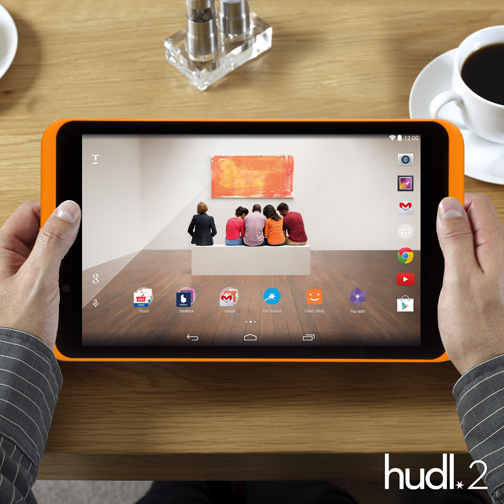
Males/females with PFP (n = 21, 10 males, 11 females, age 32.1 months ). Investigate the validity and reliability of markerless, smart phone collected, two-dimensional (2D) video, analysed using the ‘Hudl technique’ application, compared to three-dimensional (3D) kinematics during running, in participants with patellofemoral pain (PFP). Reliable running kinematics were obtained using Coach's Eye, making it suitable for repeated measures.

Test-retest (range 0.80–0.92), intrarater (range 0.95–0.99) and interrater (range 0.87–0.94) ICC results were excellent for all selected kinematics.Ĭoach's Eye can be used as a surrogate for 3D measures of knee and rearfoot in/eversion at touchdown, and hip, ankle, and rearfoot in/eversion at toe-off, but not for hip and ankle at touchdown or knee at toe-off. ICCs for validity of Coach's Eye were excellent for rearfoot eversion at touchdown (ICC = 0.79) and fair-to-good for the other kinematics (range 0.51–0.74), except for hip at touchdown, which was poor (ICC = 0.36). Significant differences were found between Coach's Eye and 3D measurements for ankle angle at touchdown and knee angle at toe-off (p < 0.05). Paired t-test and intraclass correlation coefficients (ICC) established criterion validity of Coach's Eye ICC determined test-retest and intrarater/interrater reliability. Sagittal-plane hip, knee, and ankle angle and rearfoot eversion were assessed using the Coach's Eye Smartphone application and a 3D motion capture system. To investigate the validity and reliability of a smartphone application for selected lower-limb kinematics during treadmill running. Further studies are needed to establish the accuracy in measuring movements of the upper extremity and trunk. The use of smartphone apps can be a useful tool in the clinic for performing gait or human movement analysis. The measurement errors averaged between 3 - 5 degrees during toe off and heel strike events of the gait cycle. There were significant (p 0.05) differences between the absolute measurement errors between the two camera positions. Absolute measurement errors were least during toe off (3.12 ± 5.44 degrees) compared to heel strike (5.81 ± 5.26 degrees). Regression analysis was performed to estimate the height of the camera based on either the subject's height or leg length. The order of the distances was randomized. Three trials were performed at near (2-m) and far (4-m) smartphone camera distances. The sagittal plane knee angle was measured during heel strike and toe off events using the smart phone app and a 3D motion-capture system in 32 healthy subjects. The secondary aim was to develop a protocol for clinicians on the set up of the smartphone camera for video movement analysis. The primary aim of this manuscript is to test the concurrent validity of kinematic measures recorded by a smartphone application in comparison to a 3D motion capture system in the sagittal plane. The most popular subscription costs $1,400 and offers footage breakdown for up to four games a week with no season limit.The use of smartphones in clinical practice is steadily increasing with the availability of low cost/freely available "apps" that could be used to assess human gait. Krossover offers three plans, the least expensive of which costs $800 per season with a 23-game limit.



Fill out the form that applies to you, based on whether you do or don't already have a Hudl account, then click Register.Īlso question is, how much does it cost to use HUDL?
#HUDL APP FOR GAIT CODE#
Secondly, how do you get a HUDL account? Enter your team's code and click Get Registered. You can even compare two videos side-by-side to track progress over time, or get a closer look at your form against a pro's.
#HUDL APP FOR GAIT ANDROID#
With Hudl Technique - free for iOS and Android - coaches and athletes can study mechanics in real time through slow-motion playback, notes, drawings and community feedback. Elite features include video back-ups, video syncing across devices, and premium video tools.


 0 kommentar(er)
0 kommentar(er)
